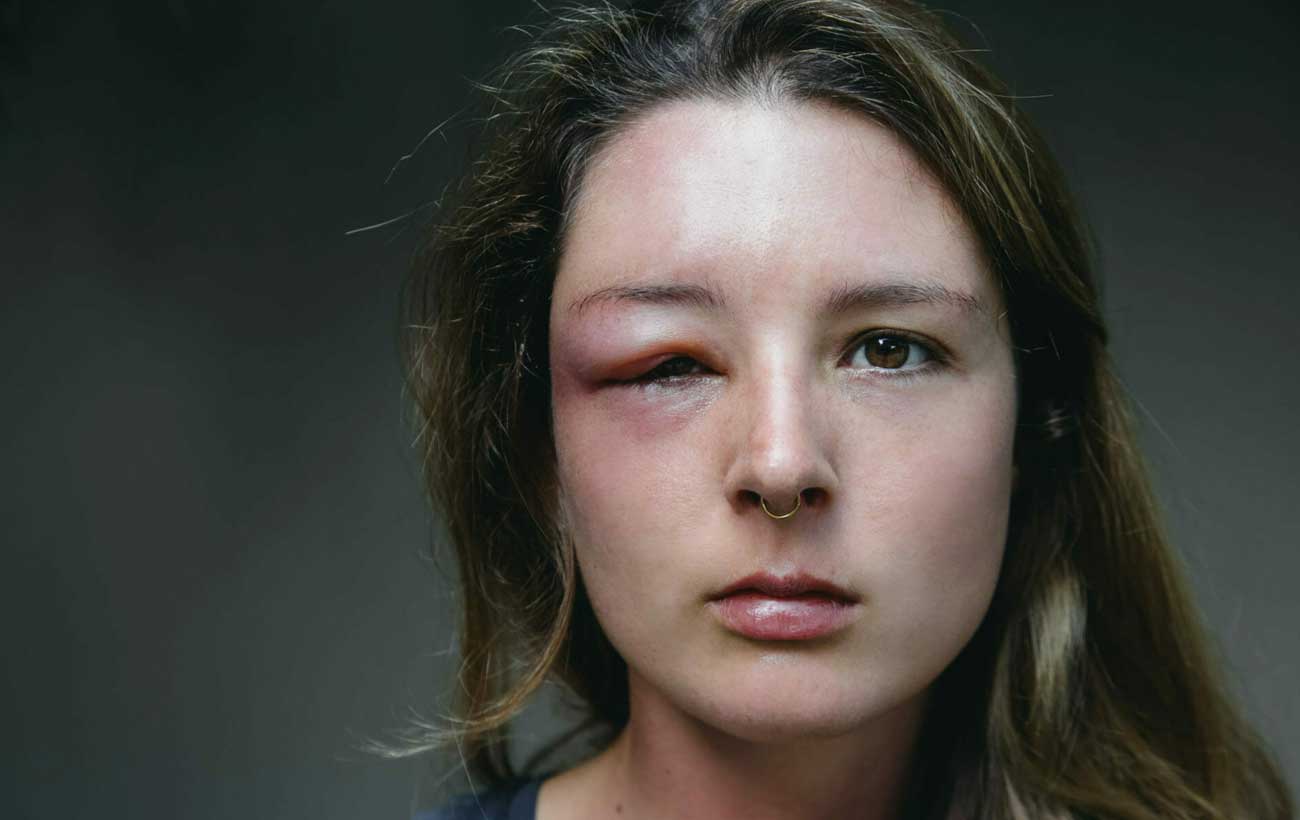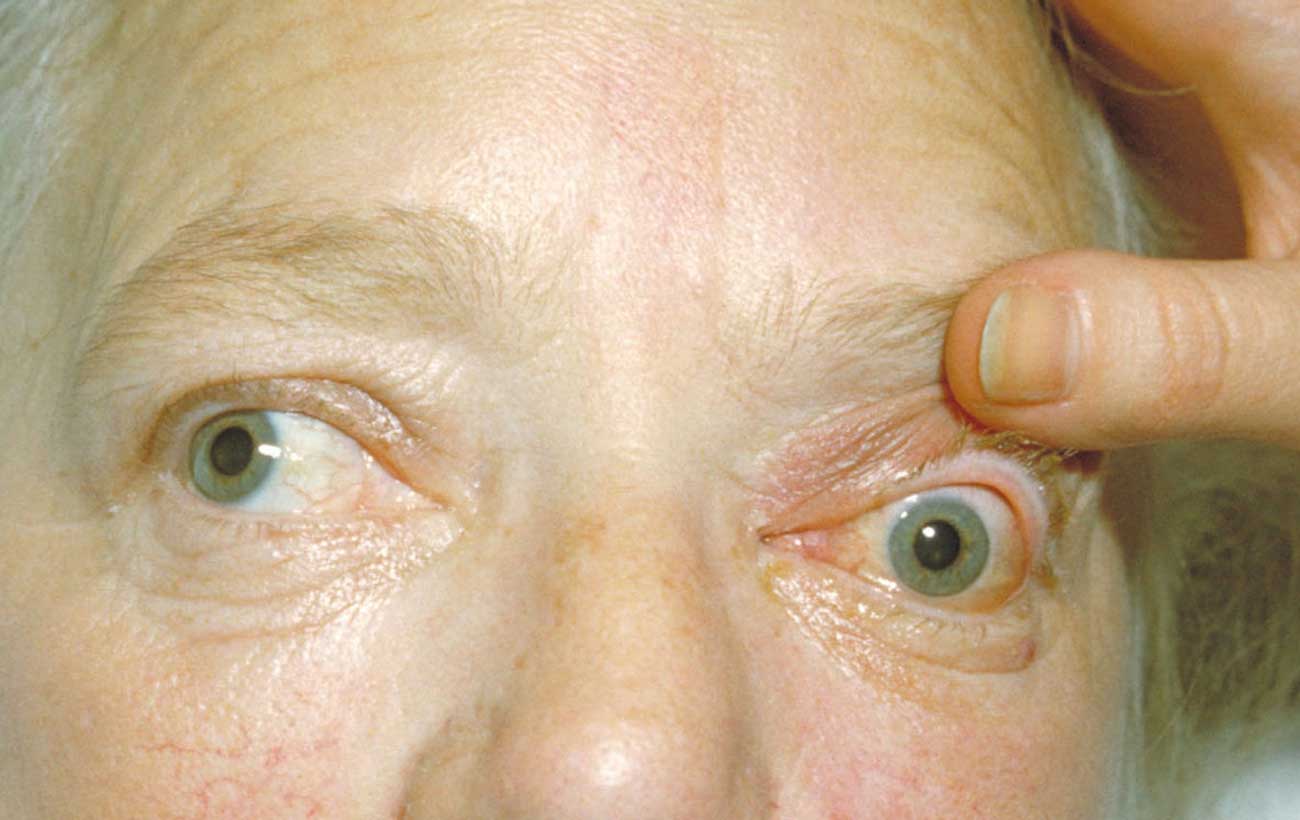
Normally aligned eyes move together and look in the same direction at the same time, which is essential for normal vision. When eyes are misaligned, uncoordinated movements of the eye muscles cause each eye to look in a different direction. For example, when one eye looks forward, the other eye looks to the left or right (or up or down). The medical term for misaligned eyes is strabismus.
A child can be born with misaligned eyes, but this condition usually goes away on its own by the time a child is about 6 months old. The condition can also develop during childhood, usually between ages 2 and 7, when vision is still developing and the eye muscles are unbalanced and uncoordinated. Most children who have misaligned eyes do not see double because their brain ignores what one of the eyes sees. Because one of the eyes is not being used, it will gradually weaken. If the disorder is not treated, vision in that eye will be impaired (called amblyopia).
When the eyes become misaligned after childhood, the cause is usually an underlying disease or condition that affects either the nerves that transmit information between the brain and the eye muscles or, less frequently, that affects just the eye muscles. Possible underlying causes of misaligned eyes include diabetes, high blood pressure, temporal arteritis, brain injury, multiple sclerosis, and myasthenia gravis.
Many children are born with a fold of skin over the inner corner of each eye that covers part of the eyeball and may make the eyes appear misaligned. Their eyes are not misaligned, however; this is simply a normal variation.
Treatments
Early treatment of eye misalignment improves a child’s chances for normal vision. Children whose eyes are misaligned may need to wear an eye patch over the good eye and eyeglasses to ensure use of the misaligned eye and to strengthen vision in it. Surgery to tighten or loosen some of the muscles that control eye movement is frequently performed, especially in children under age 2. The procedure is usually performed on an outpatient basis, and the child stays in the hospital for a few hours after surgery. The child may need to wear an eye patch and glasses after surgery.
If a child’s eyes become misaligned after age 2, an ophthalmologist usually prescribes glasses to correct the condition. The child may also need to wear a patch over his or her good eye for several hours each day to ensure use of the misaligned eye. In most of these children, the combination of a patch and glasses corrects the misalignment within a few years. In some children, surgery on the eye muscles may be needed to align the eyes.
In adults, successful treatment of an underlying disease or condition may eliminate the misalignment. Double vision may go away on its own within a few months. In some cases, an ophthalmologist may prescribe special glasses to correct the problem. In other cases, doctors may recommend surgery to tighten or loosen some of the eye muscles to coordinate eye movements.
American Medical Association Family Medical Guide



